Car manufacturers today face fierce competition in every aspect from branding, pricing, safety features, fuel efficiency to technology equipped in cars. Therefore, every year when a new generation of cars is released, manufacturers have to come up with something new and improved to attract customers.
Most technical advancements bring some advantages to cars, such as better fuel efficiency, safer driving, and making driving more enjoyable even in heavy traffic. However, there are still some features that are not very useful and even annoying for drivers.
Some drivers realize that certain new features in their cars make them confused and uncomfortable. The more modern the car, the more “electric nuisance” it becomes! Especially the network-connected devices in cars, which require drivers to have some knowledge of information technology, and not everyone knows, especially older drivers. Even if they learn how to use them, it takes a lot of concentration to control them. This can lead to distracted driving.
Everyone will have their own list of the most annoying “technological regressions” in their car. But here are some of the most complained-about technologies:
1. Lane departure warning system:
The lane departure warning system is a safety feature. The camera system in the car relies on the painted lane markings on the road to set off an alarm. When the car starts to change lanes without the driver activating the turn signal, the system will sound an alarm, fearing that the driver may lose control of the steering wheel.
The problem is that many drivers want to change lanes (not… fall asleep), but they don’t have the habit of turning on the turn signal. Especially when the road is empty, with few vehicles around. In such cases, false alarms occur. Not to mention cases where the lane markings are unclear, weather conditions reduce the camera’s visibility, tight curves… all of which also trigger this system’s alerts. As a result, many drivers decide to turn off this warning system.
2. Touchscreen infotainment systems:
Touchscreen infotainment systems are the combination of many buttons that control various functions of the car into one screen that is controlled by touch gestures. In fact, this is a good idea when combined with an easy-to-use system. However, there are cars with this system that are difficult to use due to illogical design.
The “virtual buttons” on this screen are sometimes not responsive, coupled with the complexity of the menu, which can lead to distracted driving for drivers of the “computer illiterate” or “not good at using smartphones” generation.
3. GPS navigation system:
This is also a nuisance for many drivers. The in-car GPS is controlled by a touchscreen. And it also distracts drivers while driving and operating it at the same time. To avoid this unsafe situation, some automakers lock this touchscreen system when the vehicle is moving. Good idea! But the downside is that the person sitting next to the driver cannot help change the destination address. It would be better to use GPS on a mobile phone, which is more compact and easier to operate.
4. Parking assist system:
Some cars have a warning system that helps drivers park in tight spaces. When the car is in reverse gear, and it gets too close to the car behind while parking, the car will immediately sound an alarm. This feature is considered annoying more than its benefits.
A backup camera system with rear view (reverse back-up camera) is also useful and less… annoying to drivers.
5. Voice command:
Voice command applications for cars can be great for those with good English pronunciation. However, for many Vietnamese people, it’s useless, because their English is only sufficient for basic conversations. When they have pronunciation problems, the system cannot recognize their commands correctly and may even give funny instructions.
These are just a few of the most complained-about “technological regressions” in cars. Each person will have their own personal list. But overall, advancements in technology should enhance the driving experience instead of creating distractions.

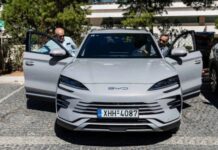


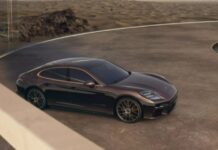
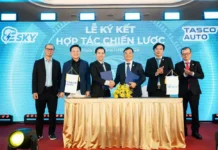
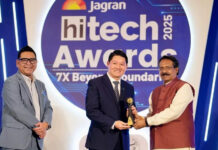
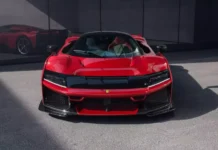

















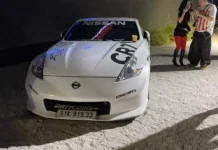
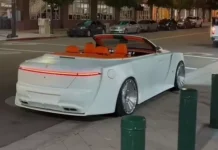
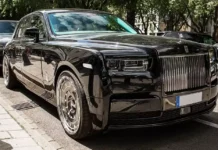
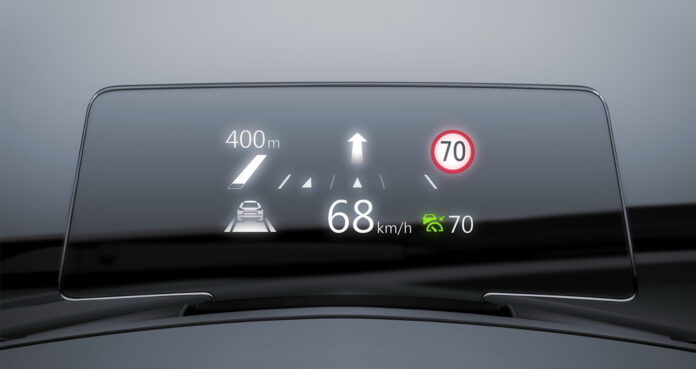









![[CAR REVIEW] VinFast Lux SA: A Budget-Friendly SUV that Delivers Value](https://vnauto.net/wp-content/uploads/2024/02/xehay-vfluxsa2nd-03082022-1-100x70.jpg)

![[ACCESSORIES REVIEW] 70Mai M500 Dash Cam: Compact and Powerful](https://vnauto.net/wp-content/uploads/2023/11/xehay-70maicamera-13062022-22-100x70.jpg)